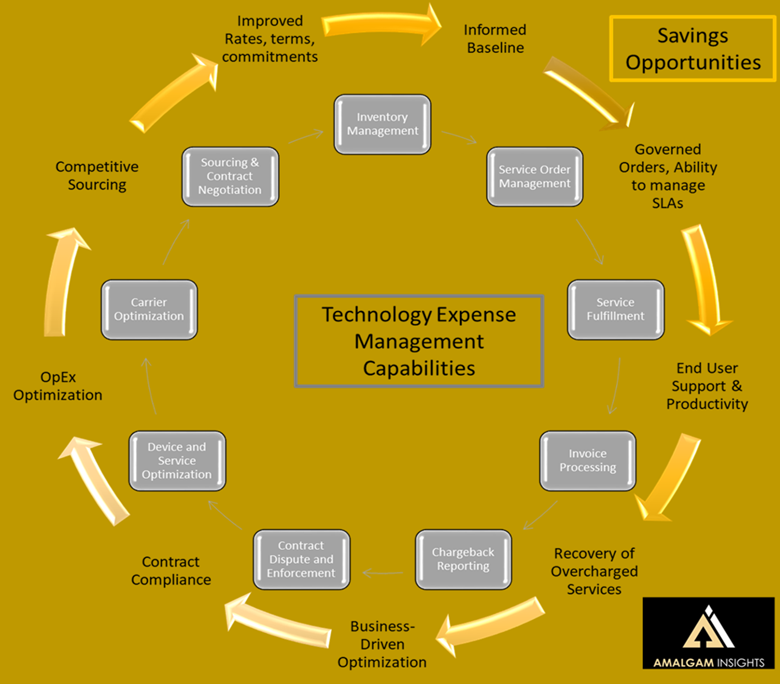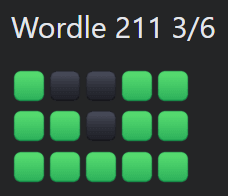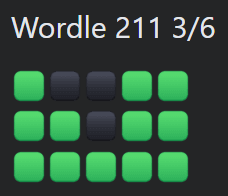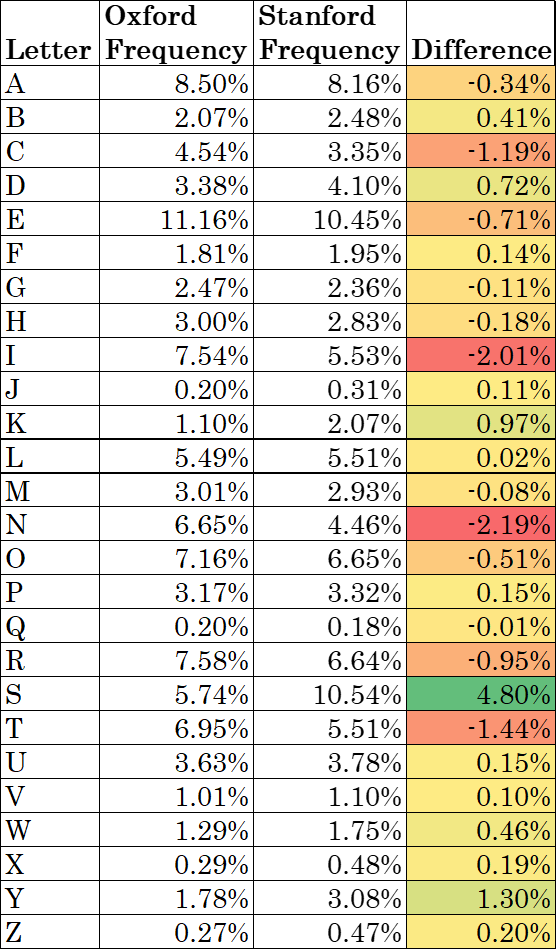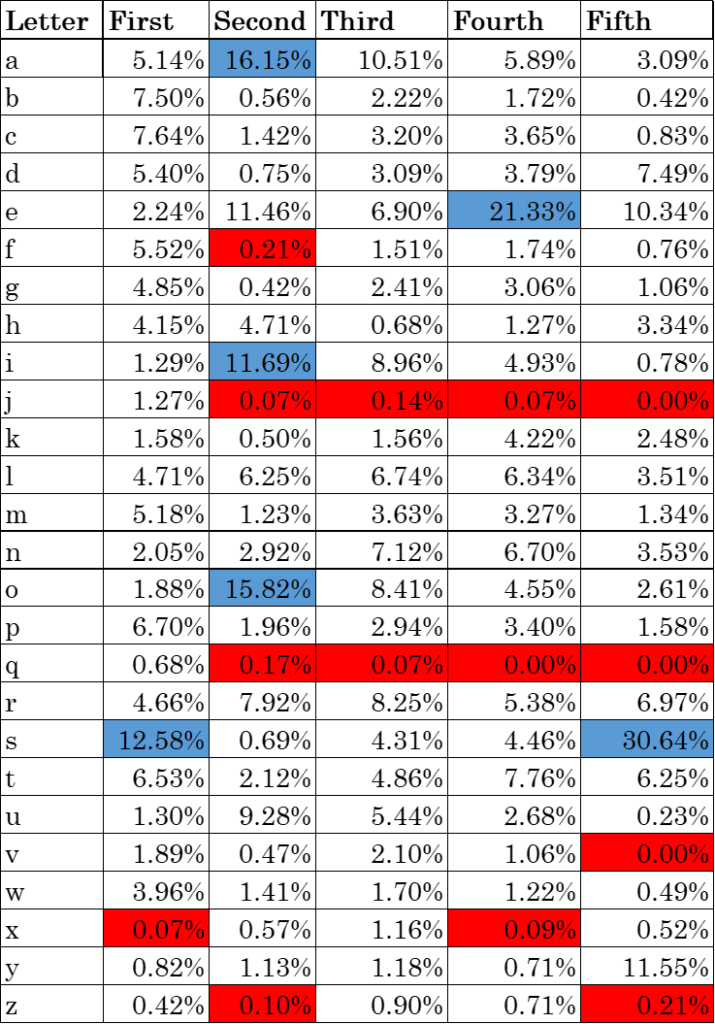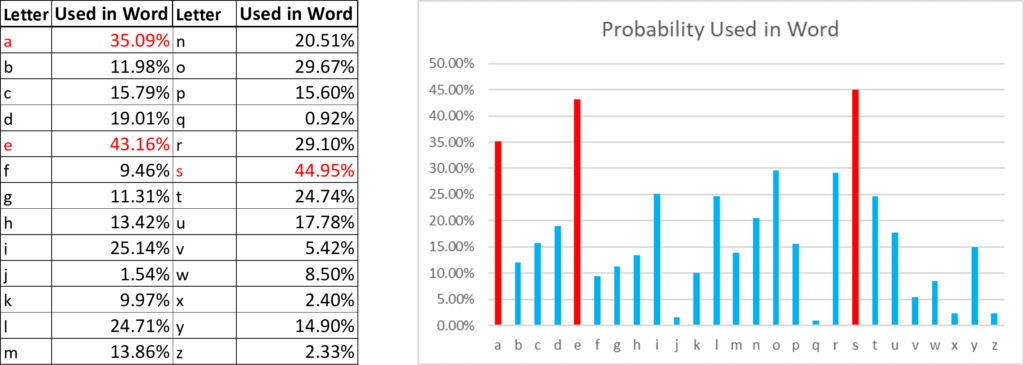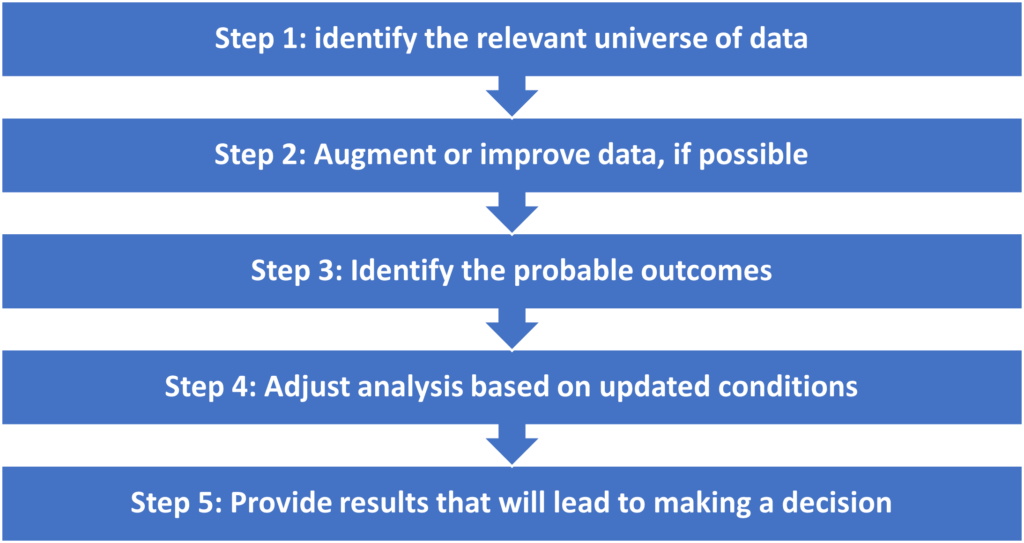On August 2, 2022, Calero-MDSL announced the acquisition of Network Control, a telecom expense and managed mobility services vendor based in Waverly, Iowa. This acquisition continues the acquisitive streak of Calero-MDSL and increases its status as the largest telecom expense management solution in terms of spend under management.
Network Control provides telecom expense management and managed mobility services. Founded in 1998 and headquartered in Waverly, Iowa, Network Control was privately held with no outside investment. Network Control is owned by Mark Hearn, a long-time TEM executive who purchased the company in 2011. Amalgam Insights estimates that Network Control has roughly doubled in headcount to approximately 100 employees between the 2011 acquisition and the 2022 purchase by Calero-MDSL.
With this acquisition, Calero-MDSL is making greater strides into the mid-market in acquiring a client base that collectively includes over 200,000 devices and $300 million in spend under management over 75 customers. From a pure spend perspective, Network Control does not represent a substantive addition to Calero-MDSL’s estimated $22 billion under management as the largest TEM in terms of spend under management. However, Network Control brings several important skills to Calero-MDSL that will be vital for the continued growth of the combined company.
First, Network Control has shown the ability to consistently win new business in the mid-market enterprise and is known for its retention. In Amalgam Insights’ CIO Guide for Wireless Expense Management, Network Control was listed as one of Amalgam Insights’ Distinguished Vendors based on its 98%+ retention rate for customers, with the majority of account losses over time coming from merger and acquisition activity or from the cessation of business activities. Mid-market enterprises between $1 million and $20 million in annual telecom spend is an increasingly competitive space for the large TEM vendors that are reaching the practical limits of saturation among the Global 2000 where they have traditionally focused. As TEM has become an established business practice over the past 15-20 years, TEM vendors have been able to polish both their software platforms and managed services capabilities and now are better positioned to provide these capabilities downmarket to support the next $200 billion in global mid-market telecom and technology spend that has traditionally been almost a greenfield market.
In addition, Network Control brings strong managed services capabilities for managed mobility, with approximately 100 employees trained in supporting a managed mobility services organization across operations, logistics, sales, and other business functions which will be valuable to Calero-MDSL in bolstering existing managed mobility capabilities. Network Control is known for its flexibility and client-centric focus in bringing new services to clients as well as for the quality of customer service provided.
Network Control also has a sustained record of winning deals against the likes of Tangoe and Sakon, which happen to be two of Calero-MDSL’s largest rivals in the TEM space. In our CIO Guide, we saw that Network Control ran into competitive deals in approximately 80% of their sales, which was indicative both of the relatively educated nature of potential customers and Network Control’s ability to win against larger vendors.
What to Expect?
First, for mid-market businesses between $100 million and $5 billion in annual revenue, expect increased attention from TEM companies seeking your business to manage your telecom spend. They are seeking environments that have been manually managed or managed with spreadsheets and fall under the IT Rule of 30, which states that any unmanaged IT spend category averages 30% in duplication and waste. This will also be a shift for TEM and MMS vendors that have traditionally sold into the mid-market and found that their biggest competition was against the status quo. As this market starts to shift towards what is being called the “mid-market” or the “mid-enterprise,” expect to see more competitive deals. Calero-MDSL has acquired a company that has a history of winning mid-market business against Calero-MDSL’s biggest rivals based on understanding mid-market pain points and service needs. By adding marketing and sales muscle to Network Control’s operational capabilities, Calero-MDSL has an opportunity to support the mid-market in an unprecedented way.
Second, this acquisition looks like it could kick off a second wave of TEM consolidation. In the early 2010s, there was a massive wave of consolidation in the TEM market driven by venture capital-backed vendors seeking exits or running out of funding. In the 2020s, the situation is slightly different as the firms that have remained to this day tend to be privately owned and profitable companies that have established both best practices and processes to support loyal customer bases. We have started to see the acquisition of these private firms with the acquisitions of Vision Wireless and Wireless Analytics by Motus and with this acquisition, but there are at least a half dozen additional firms with strong mid-market experience that would be strong candidates for a similar acquisition or rollup. However, the big caveat here is that any acquisition of these companies needs to be coupled with a strong customer service culture as the mid-market TEMs Amalgam Insights covers frequently average 98% retention or higher with over 100% wallet share; this is a demanding market where technology, services, and client management must be aligned.
Third, this acquisition shows that the cost of acquiring talent is still significant in the TEM world. Calero-MDSL would have needed an extra year to find the volume of high-level talent that they are getting at one time with the acquisition of Network Control. The ability to find personnel with experience in managing the spend and procurement of millions of dollars in annual technology spend is still relatively rare. This skill will become increasingly necessary in the recessionary times that we are currently facing. Companies cannot simply eliminate technology, so they will need to financially reconcile their environments both with in-house and third-party resources. Network Control has proven its ability to maintain a high level of service by maintaining a high staff-to-client ratio, a practice that Amalgam Insights recommends keeping as the relative cost of labor is smaller than the cost of finding a new customer.
Fourth, it is safe to assume that Network Control was purchased for its talent, capabilities, and client base rather than its software platform. Although Network Control’s TEMNet is a functional platform, the amount of investment that Calero-MDSL has put into its platform ensures that customers will eventually be migrated to this platform. As long as this migration is handled carefully, this should not be a challenge. Calero-MDSL has prior experience in migrating clients from previous acquisitions A&B Groep and Comview, among others.
Overall, Amalgam Insights believes that this acquisition will be accretive to Calero-MDSL both in providing greater capacity to support managed mobility services and to learn the demands of mid-market clients from an experienced team. This acquisition also will eventually provide Network Control clients with access to the Calero-MDSL platform, which has been built to support global environments and now also includes Unified Communications as a Service and Software as a Services support. Amalgam Insights believes this acquisition demonstrates Calero-MDSL’s continued commitment to expanding its market share and providing telecom and technology expense savings to a wider clientele of organizations.

